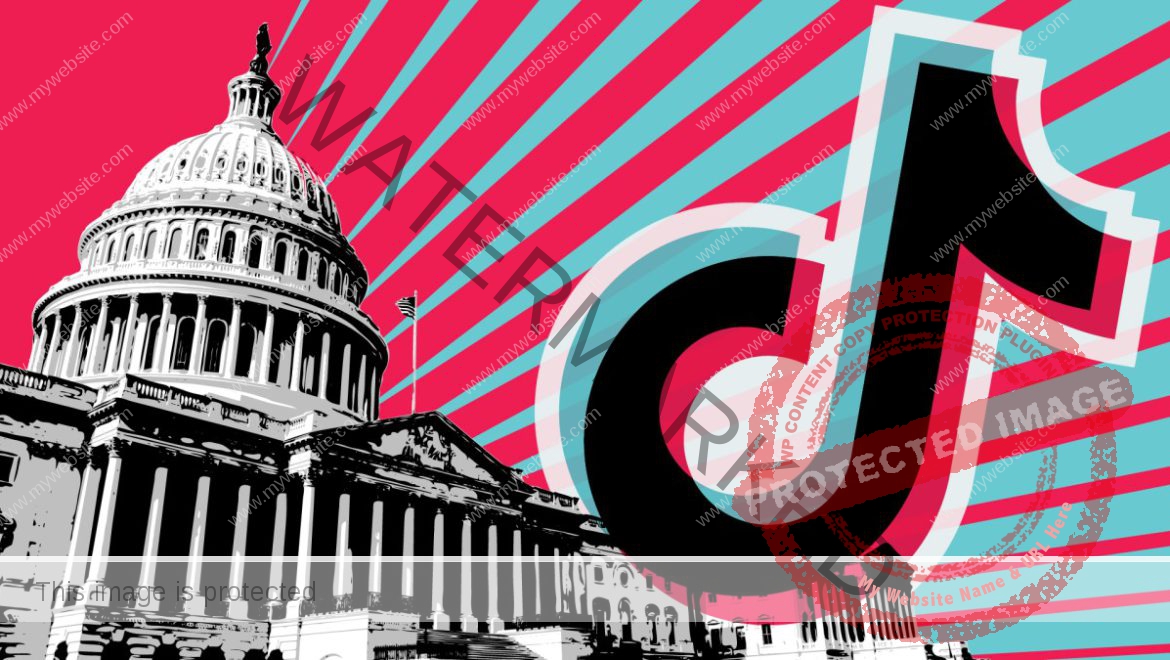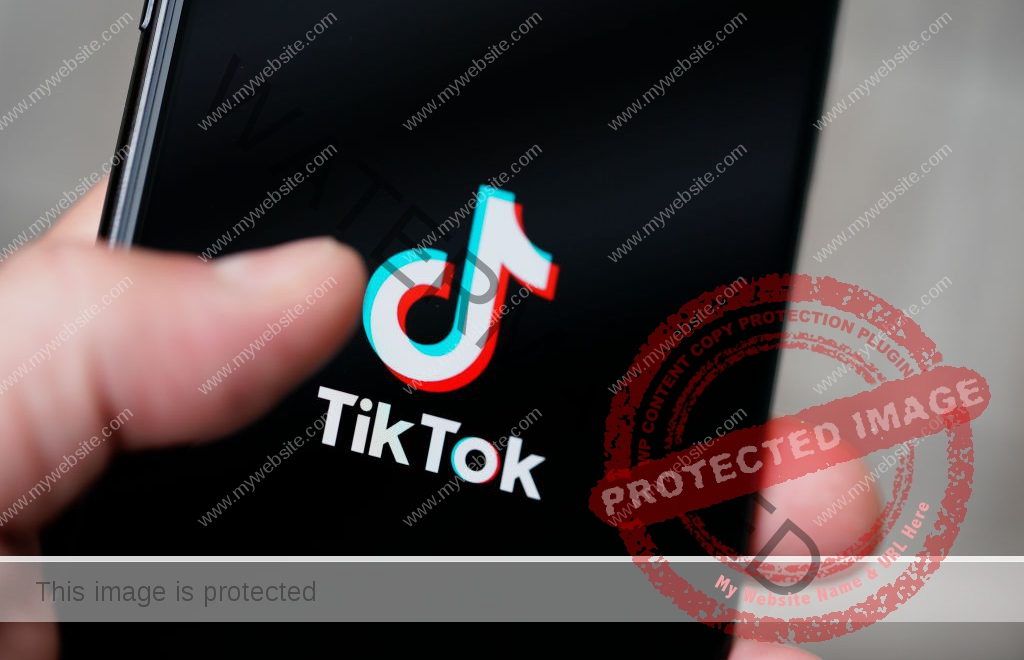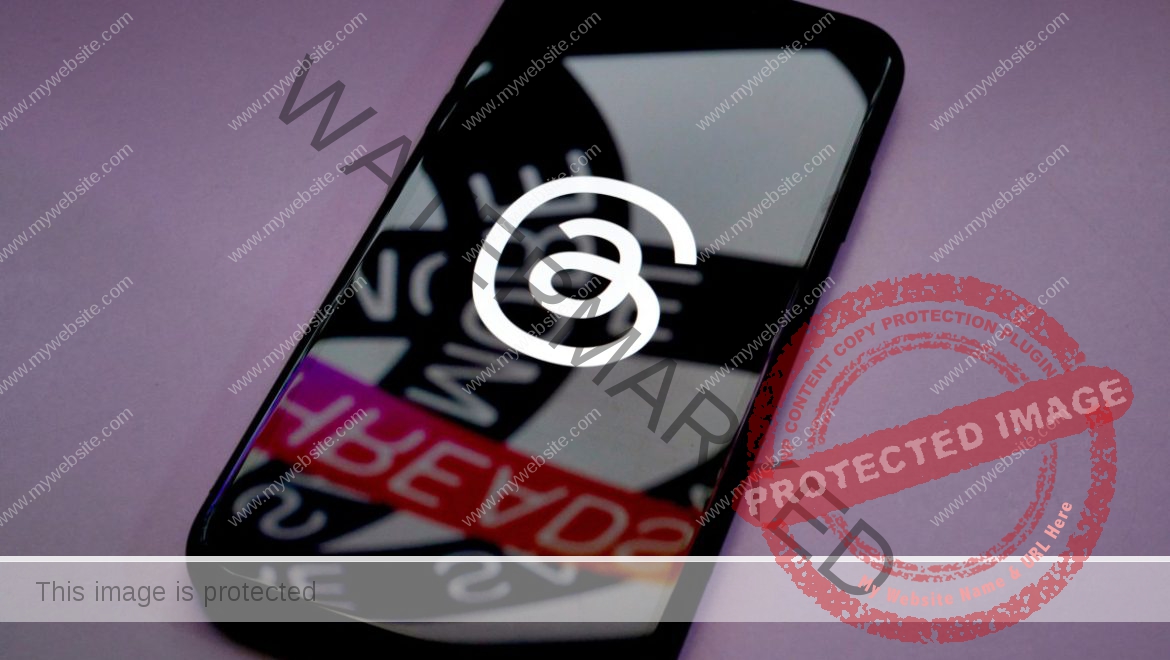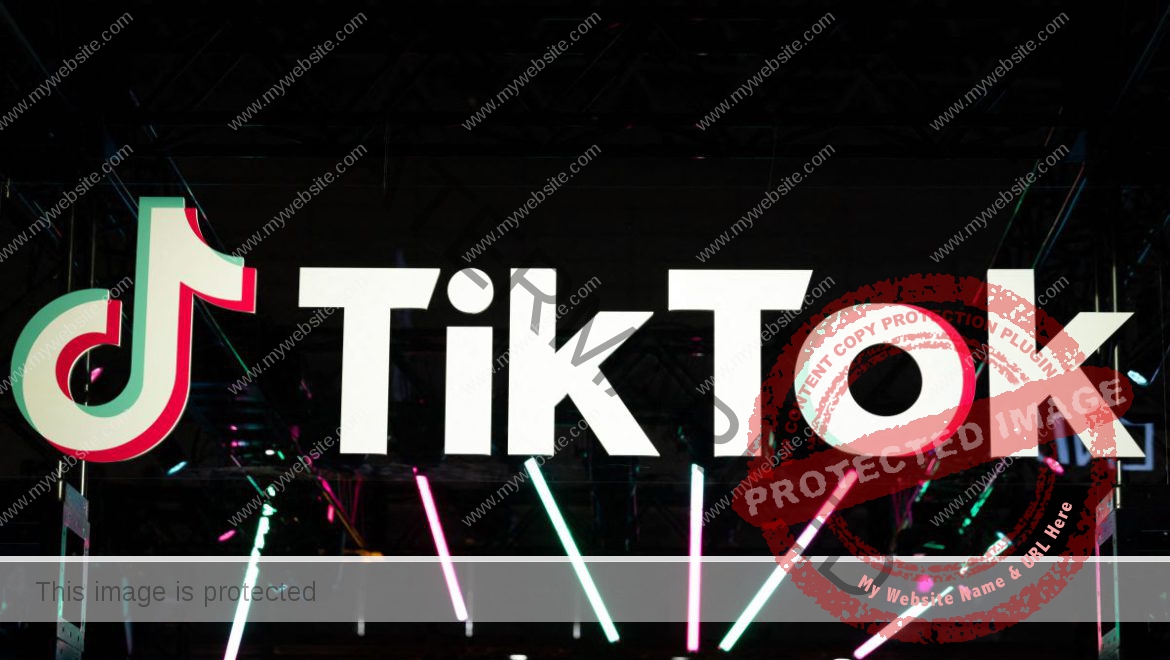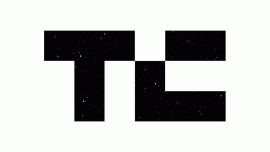Meta said on Thursday that it is testing new features on Instagram intended to help safeguard young people from unwanted nudity or sextortion scams. This includes a feature called “Nudity Protection in DMs,” which automatically blurs images detected as containing nudity.
The tech giant said it will also nudge teens to protect themselves by serving a warning encouraging them to think twice about sharing intimate images. Meta hopes this will boost protection against scammers who may send nude images to trick people into sending their own images in return.
The company said it is also implementing changes that will make it more difficult for potential scammers and criminals to find and interact with teens. Meta said it is developing new technology to identify accounts that are “potentially” involved in sextortion scams, and will apply limits on how these suspect accounts can interact with other users.
In another step announced on Thursday, Meta said it has increased the data it is sharing with the cross-platform online child safety program, Lantern, to include more “sextortion-specific signals.”
The social networking giant has had long-standing policies that ban people from sending unwanted nudes or seeking to coerce others into sharing intimate images. However, that doesn’t stop these problems from occurring and causing misery for scores of teens and young people — sometimes with extremely tragic results.
We’ve rounded up the latest crop of changes in more detail below.
Nudity screens
Nudity Protection in DMs aims to protect teen users of Instagram from cyberflashing by putting nude images behind a safety screen. Users will be able to choose whether or not to view such images.
“We’ll also show them a message encouraging them not to feel pressure to respond, with an option to block the sender and report the chat,” said Meta.
The nudity safety screen will be turned on by default for users under 18 globally. Older users will see a notification encouraging them to turn the feature on.
“When nudity protection is turned on, people sending images containing nudity will see a message reminding them to be cautious when sending sensitive photos, and that they can unsend these photos if they’ve changed their mind,” the company added.
Anyone trying to forward a nude image will see the same warning encouraging them to reconsider.
The feature is powered by on-device machine learning, so Meta said it will work within end-to-end encrypted chats because the image analysis is carried out on the user’s own device.
The nudity filter has been in development for nearly two years.
Safety tips
In another safeguarding measure, Instagram users who send or receive nudes will be directed to safety tips (with information about the potential risks involved), which, according to Meta, have been developed with guidance from experts.
“These tips include reminders that people may screenshot or forward images without your knowledge, that your relationship to the person may change in the future, and that you should review profiles carefully in case they’re not who they say they are,” the company wrote in a statement. “They also link to a range of resources, including Meta’s Safety Center, support helplines, StopNCII.org for those over 18, and Take It Down for those under 18.”
The company is also testing showing pop-up messages to people who may have interacted with an account that has been removed for sextortion. These pop-ups will also direct users to relevant resources.
“We’re also adding new child safety helplines from around the world into our in-app reporting flows. This means when teens report relevant issues — such as nudity, threats to share private images or sexual exploitation or solicitation — we’ll direct them to local child safety helplines where available,” the company said.
Tech to spot sextortionists
While Meta says it removes sextortionists’ accounts when it becomes aware of them, it first needs to spot bad actors to shut them down. So, the company is trying to go further by “developing technology to help identify where accounts may potentially be engaging in sextortion scams, based on a range of signals that could indicate sextortion behavior.”
“While these signals aren’t necessarily evidence that an account has broken our rules, we’re taking precautionary steps to help prevent these accounts from finding and interacting with teen accounts,” the company said. “This builds on the work we already do to prevent other potentially suspicious accounts from finding and interacting with teens.”
It’s not clear what technology Meta is using to do this analysis, nor which signals might denote a potential sextortionist (we’ve asked for more details). Presumably, the company may analyze patterns of communication to try to detect bad actors.
Accounts that get flagged by Meta as potential sextortionists will face restrictions on messaging or interacting with other users.
“[A]ny message requests potential sextortion accounts try to send will go straight to the recipient’s hidden requests folder, meaning they won’t be notified of the message and never have to see it,” the company wrote.
Users who are already chatting with potential scam or sextortion accounts will not have their chats shut down, but will be shown Safety Notices “encouraging them to report any threats to share their private images, and reminding them that they can say ‘no’ to anything that makes them feel uncomfortable,” according to the company.
Teen users are already protected from receiving DMs from adults they are not connected with on Instagram (and also from other teens, in some cases). But Meta is taking this a step further: The company said it is testing a feature that hides the “Message” button on teenagers’ profiles for potential sextortion accounts — even if they’re connected.
“We’re also testing hiding teens from these accounts in people’s follower, following and like lists, and making it harder for them to find teen accounts in Search results,” it added.
It’s worth noting the company is under increasing scrutiny in Europe over child safety risks on Instagram, and enforcers have questioned its approach since the bloc’s Digital Services Act (DSA) came into force last summer.
A long, slow creep towards safety
Meta has announced measures to combat sextortion before — most recently in February, when it expanded access to Take It Down. The third-party tool lets people generate a hash of an intimate image locally on their own device and share it with the National Center for Missing and Exploited Children, helping to create a repository of non-consensual image hashes that companies can use to search for and remove revenge porn.
The company’s previous approaches to tackle that problem had been criticized, as they required young people to upload their nudes. In the absence of hard laws regulating how social networks need to protect children, Meta was left to self-regulate for years — with patchy results.
However, some requirements have landed on platforms in recent years — such as the U.K.’s Children Code (which came into force in 2021) and the more recent DSA in the EU — and tech giants like Meta are finally having to pay more attention to protecting minors.
For example, in July 2021, Meta started defaulting young people’s Instagram accounts to private just ahead of the U.K. compliance deadline. Even tighter privacy settings for teens on Instagram and Facebook followed in November 2022.
This January, the company announced it would set stricter messaging settings for teens on Facebook and Instagram by default, shortly before the full compliance deadline for the DSA kicked in in February.
This slow and iterative feature creep at Meta concerning protective measures for young users raises questions about what took the company so long to apply stronger safeguards. It suggests Meta opted for a cynical minimum in safeguarding in a bid to manage the impact on usage, and prioritize engagement over safety. That is exactly what Meta whistleblower Francis Haugen repeatedly denounced her former employer for.
Asked why the company is not also rolling out these new protections to Facebook, a spokeswoman for Meta told TechCrunch, “We want to respond to where we see the biggest need and relevance — which, when it comes to unwanted nudity and educating teens on the risks of sharing sensitive images — we think is on Instagram DMs, so that’s where we’re focusing first.”


